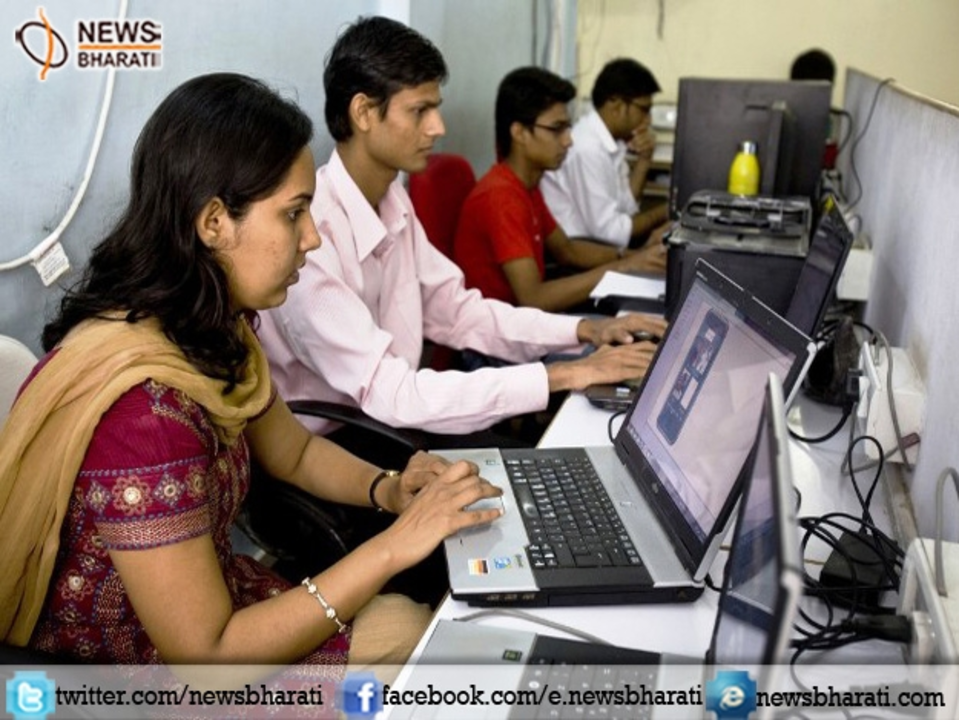What is the depth to which media is sold out in INDIA?

Introduction: The Power of Media in India
As a blogger, I have always been fascinated by the depth to which media in India has sold out. It's a topic that is as relevant today as it was years ago, and it doesn't seem like things are changing anytime soon. In this article, I will dive deep into the various aspects of the Indian media landscape and how it has become a commercial powerhouse, leaving its original purpose of providing unbiased information to the masses far behind. So, let's get started.
The Role of Advertisements in Media
Advertisements are the bread and butter of media organizations. It's no secret that media outlets rely on advertising revenue to keep the lights on. However, the problem arises when the line between editorial content and advertising gets blurry. This is particularly true in India, where media houses often prioritize ad revenue over journalistic integrity. It's not uncommon to see news channels airing advertisements disguised as news stories or newspapers featuring front-page ads that look like articles. This practice not only erodes the credibility of the media but also makes it difficult for the audience to distinguish between genuine news and paid content.
Corporate Ownership and Influence
Another troubling aspect of the Indian media landscape is the increasing corporate ownership of media outlets. Large conglomerates and business tycoons own several prominent newspapers, magazines, and television channels in the country. This concentration of ownership gives these corporations immense power to shape public opinion and control the narrative. As a result, news stories that might be critical of these business interests are often suppressed or watered down, while those that promote their agenda are given prominence.
Political Bias and Partisanship
Media in India is also notorious for its political bias and partisanship. It's no secret that certain media houses and journalists have clear political leanings, and their coverage reflects those biases. This has led to a growing divide between media outlets, as they cater to their respective ideological camps, further polarizing the country. As a result, it is becoming increasingly difficult to find unbiased, objective reporting, and people are left to navigate the minefield of biased news to form their own opinions.
TRP Race and Sensationalism
The race for Television Rating Points (TRP) has led to a culture of sensationalism in Indian media. News channels are in constant competition to grab the attention of viewers, often resorting to sensational headlines, dramatic visuals, and exaggerated stories. This culture of sensationalism has led to a decline in the quality of news, as media houses prioritize TRP over accurate, responsible journalism. In the end, it is the viewers who suffer, as they are exposed to a constant barrage of sensationalized, often misleading news.
Tabloid Journalism and Celebrity Obsession
Another issue plaguing Indian media is its obsession with celebrities and tabloid journalism. From Bollywood gossip to the personal lives of sports stars, Indian media seems to be more interested in covering the lives of the rich and famous than addressing pressing social issues. This focus on celebrity culture not only detracts from the important role media should play in our society but also perpetuates an unhealthy obsession with fame and materialism.
Underreporting of Rural and Marginalized Communities
India is a vast and diverse country, with a large rural population and numerous marginalized communities. Unfortunately, the Indian media often fails to adequately represent these groups and their issues. Stories from rural areas and marginalized communities are frequently underreported or ignored altogether, as media outlets focus on urban-centric narratives that cater to their predominantly urban audience. This neglect of rural and marginalized voices only serves to widen the gap between different sections of society and undermine the media's role as an inclusive platform for all voices.
Conclusion: The Need for a Media Revolution
As we have seen, the Indian media landscape is fraught with commercial interests, political biases, and sensationalism, all of which have contributed to a decline in the quality and credibility of journalism in the country. It's high time for a media revolution in India, where the focus shifts back to responsible, unbiased, and inclusive journalism that serves the public interest. As consumers of news, it's up to us to demand better from our media organizations and support those that prioritize journalistic integrity over commercial gains. Only then can we hope to restore the credibility of the media and ensure that it remains a true pillar of democracy in India.